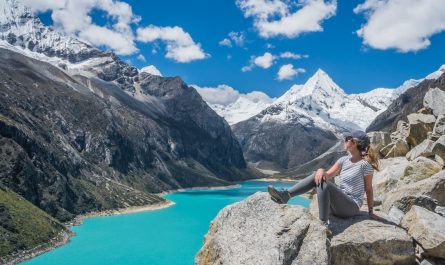A World Heritage Site is a place that is recognized by the United Nations Educational, Scientific and Cultural Organization (UNESCO) as having outstanding universal value and is protected for future generations. There are various types of World Heritage Sites, including cultural, natural, and mixed sites. In this article, we will explore the largest natural World Heritage Site in terms of size.
The Three Largest Natural World Heritage Sites
1. Great Barrier Reef
The Great Barrier Reef, located off the coast of Queensland, Australia, is the largest natural World Heritage Site in terms of size. It spans over 2,300 kilometers and covers an area of approximately 348,000 square kilometers. The reef is home to a wide range of marine biodiversity, including coral reefs, sea turtles, dolphins, and countless species of fish.
2. Papahānaumokuākea
Papahānaumokuākea, situated in the Northwestern Hawaiian Islands, is the second-largest natural World Heritage Site. It covers an area of approximately 362,000 square kilometers and is renowned for its pristine marine ecosystems. The site is essential for the conservation of endangered species, such as the Hawaiian monk seal and green sea turtles.
3. Lake Baikal
Lake Baikal, located in Siberia, Russia, is the third-largest natural World Heritage Site. It is the deepest and oldest freshwater lake in the world, spanning over 31,000 square kilometers. The lake is home to a unique and diverse range of flora and fauna, including the Baikal seal, which is found nowhere else on Earth.

Significance of the Largest Natural World Heritage Sites
These large natural World Heritage Sites play a crucial role in the conservation of biodiversity and the protection of the planet’s ecosystems. They serve as important habitats for numerous species, including endangered ones, and contribute to the overall health of the planet.
The largest natural World Heritage Sites, such as the Great Barrier Reef, Papahānaumokuākea, and Lake Baikal, are of immense importance for the preservation of biodiversity and the protection of our planet. These sites provide unique habitats for numerous species and serve as valuable resources for scientific research. As stewards of the Earth, it is crucial that we continue to conserve and protect these natural treasures for future generations.


